News
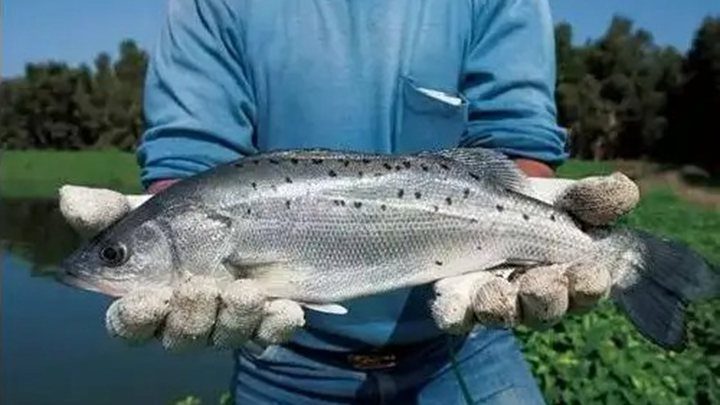
How to breed perch?
Perch is one of the common economic fish, and it is also a species for the development of marine aquaculture. At the same time, perch is also one of the important economic fish that grow naturally. It has been artificially cultivated for nearly 20 years. In recent years, driven by the market economy, Big breakthroughs have been made in bass breeding technology.
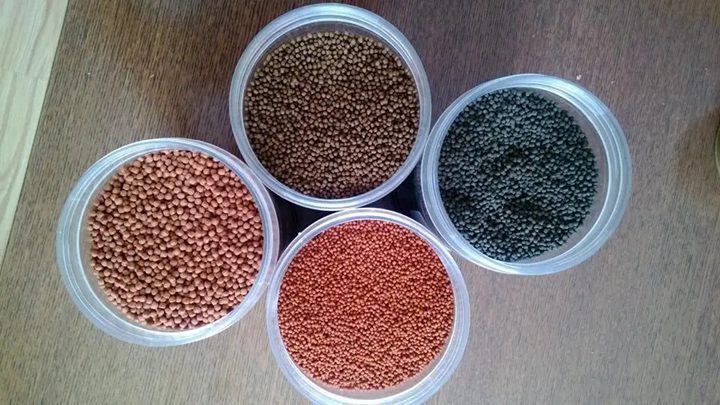
How to produce fish feed pellets in Nigeria?
Just like other animals, fish requires a feed formula that contains protein, carbohydrates, lipids, minerals, and vitamins for healthy growth. Fish requires mostly protein in their feed.
Extruded floating feeds are favored by farmers in Nigeria because they allow observation of the feeding processing thereby preventing wasteful feeding.
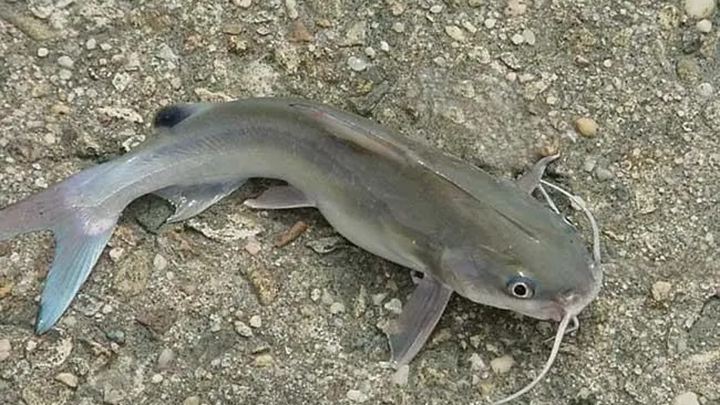
How to breed catfish?
In the rearing of catfish, one of the challenges the farmer faces is high mortality rates for those using surface tanks (block ponds, plastic tanks, earthen ponds, etc.). Fish Mortality is usually highest when the fish is initially stocked during the fingerling stage (< 10g in size). For farmers that purchase fingerlings, these losses can be crippling to their business and this article shows how to reduce these losses.
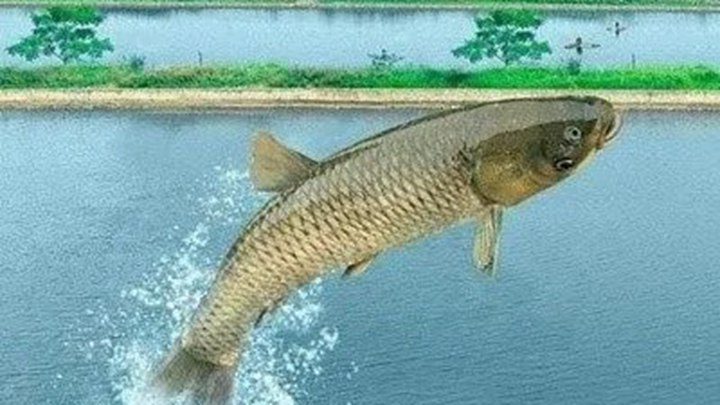
Growing environment adapted to all kinds of fish
The water temperature requirements of various aquatic species in aquaculture, if you want to raise a fish well, you must know its characteristics, for example, what temperature is it suitable for? How much protein do I need to eat? Frequent outbreaks of disease? Temperature is important here, and knowing the optimum temperature for its growth can help improve feed utilization and reduce costs!
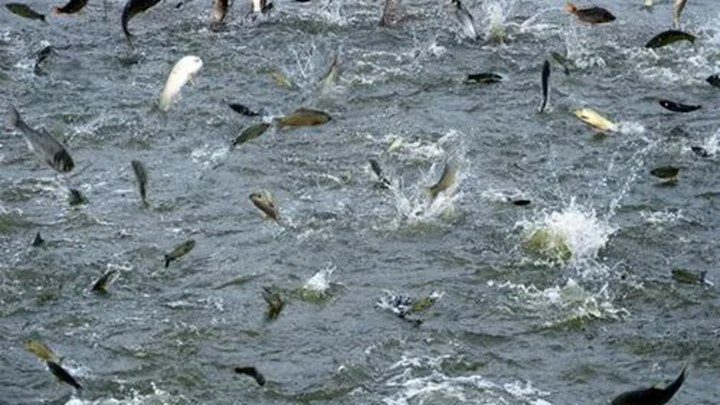
Four aspects need to be paid attention to when feeding fish with pellet feed
When feeding fish with fish pellets, we need to pay attention to the following issues: water quality and dissolved oxygen in the fish pond, properly adjusting the feeding amount, choosing pellet feeds of different diameters, and pay attention to supplementing vitamins and other substances.
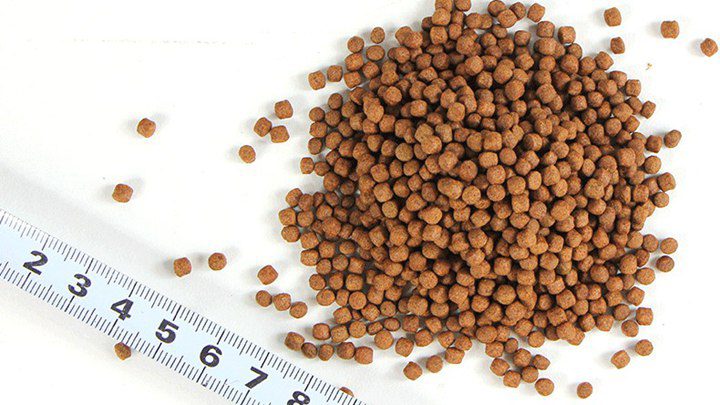
How to judge the quality of fish feed pellets?
In recent years, with the increasing popularity of high-yield fish farming, the use of full-price pellets for fish in fishery production has become very common. However, due to the many feed brands on the market, and there are great differences in quality and grade, the majority of fish farming The user cannot judge the quality of the fish feed. This article introduces a simple method to judge the quality of fish feed using the senses. Namely:’One look, two smells, three twists, four foams, five chews’ for your reference when choosing pellet feed.
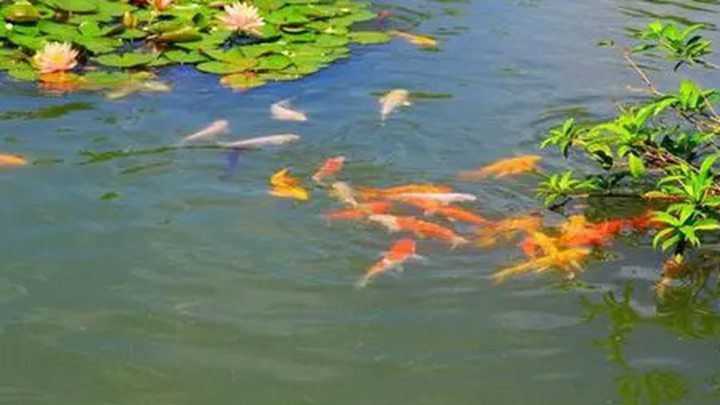
Water treatment schemes for fish seedling fields
Seedlings are weakly disease-resistant and are infected with viruses or bacteria. Lead to diseases such as enteritis. The hematologic toxicity of ammonia nitrogen and nitrite killed the seedlings from hypoxia! From hatching to the steady growth of the seedlings. During this period, the small seedling’s resistance is relatively weak. In particular, the newly hatched seedlings are sensitive to dissolved oxygen, nitrogen, nitrite, bacteria and viruses, and temperature changes in the water.
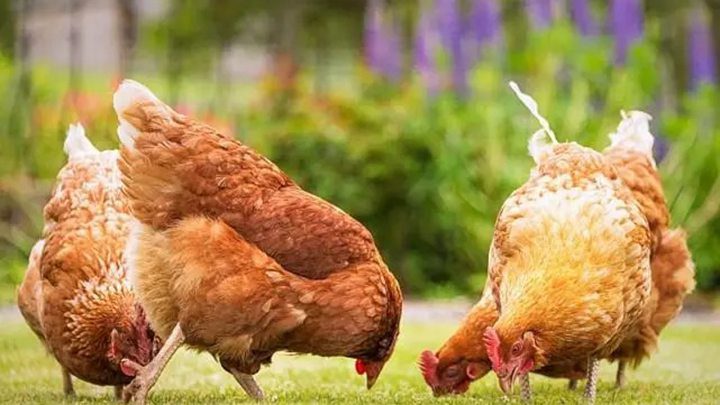
Four types of raw materials for chicken feed preparation
In the process of raising chickens, farmers will formulate feeds for chickens at different growth stages. When formulating feed formulas scientifically, the nutrients in the feed rations are balanced and comprehensive, and a reasonable mix of feeds is realized, so as to obtain high benefits and low costs.
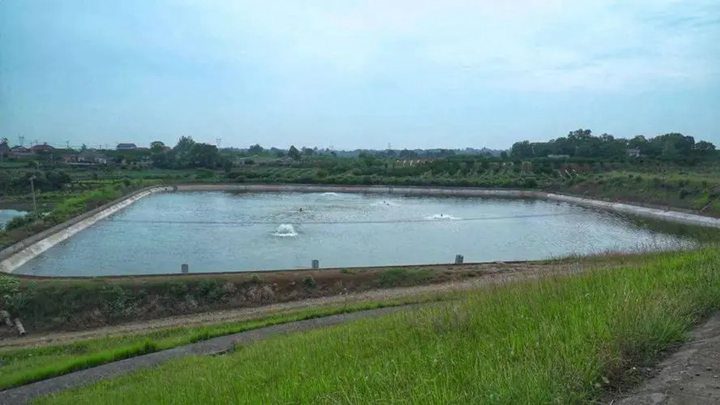
How to raise fish in fish ponds?
Now more and more people start to use fish ponds for fish farming, so what problems should be paid attention to in the process of fish pond farming? We have summarized the following points for your reference.
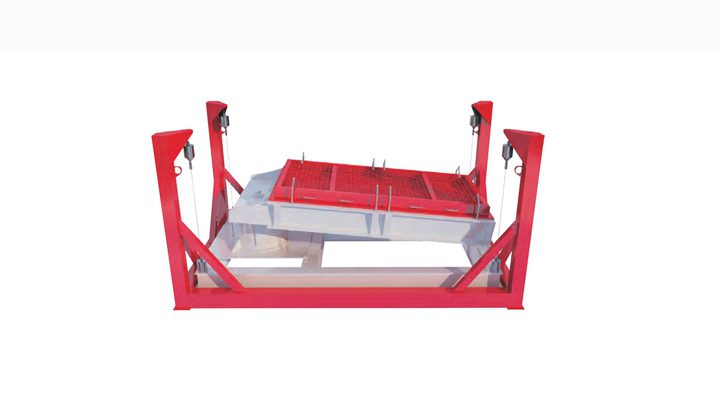
Feed pellet screening machine
With the continuous development of the feed industry, the feed production process is becoming more and more specialized. The screening equipment can not only screen out the impurities in the feed raw materials but also grade the feed pellets of different sizes. It can realize the classification of feed raw materials, remove impurities, remove dust, etc.
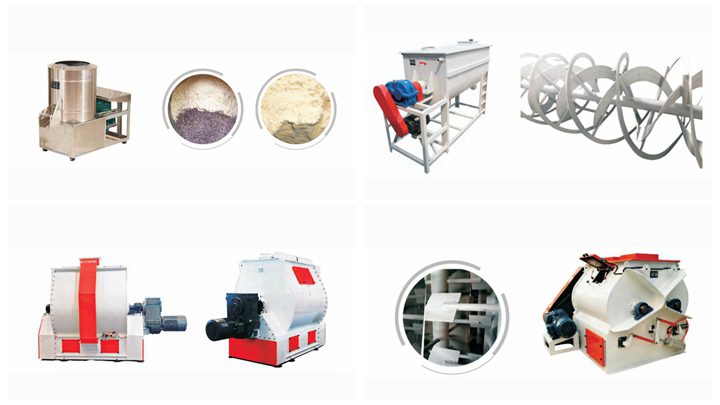
Feed pellet raw materials mixer
After the raw materials of feed pellets are pulverized into powdery materials, they need to be put into the mixing equipment for uniform mixing. During the mixing process, some essential ingredients of feed pellets can also be added according to the formula. Homogeneous mixing of raw materials ensures that each part contains the same nutritional content, further improving the consistency of pellet quality at the final production point.
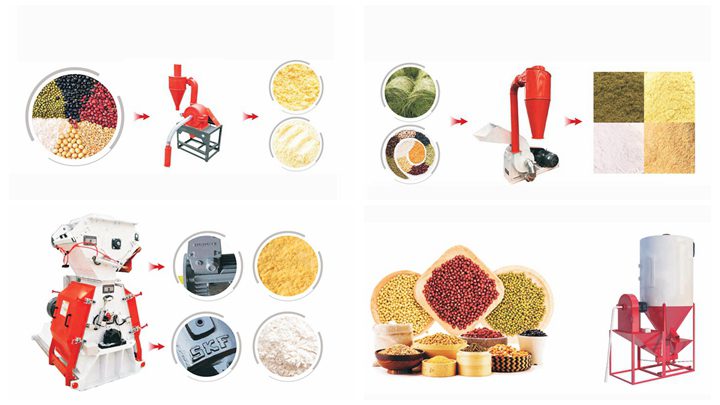
Feed pellet raw materials crusher
Feed pellet raw material crusher can crush the raw material of feed pellets into powder to meet the needs of the subsequent pelletizing process. The common feed raw material pulverizers include self-priming disc pulverizers, hammer pulverizers, large-scale drop-type comprehensive pulverizers, and two-in-one pulverizing and mixing equipment.
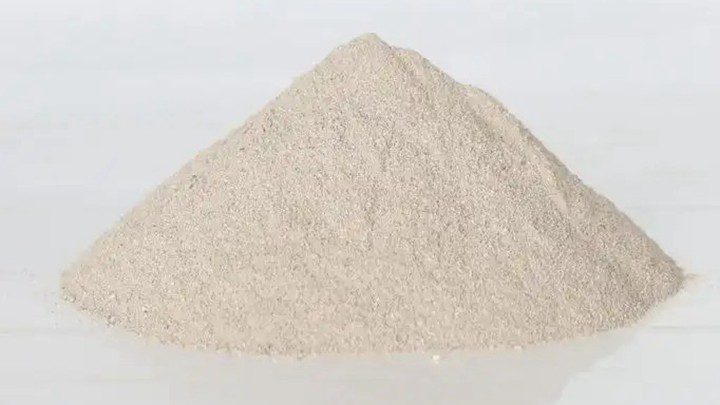
What types of aquafeeds are there and how to choose?
With the development of the feed industry, the improvement of processing equipment and breeding technology, the aquatic feed by fish farmers have changed from ordinary single raw materials to powder, hard pellets and extruded feed. At present, except for some species (such as soft-shelled turtle, eel, etc.) that use powder, other species basically use hard pellet feed and extruded feed pellet.
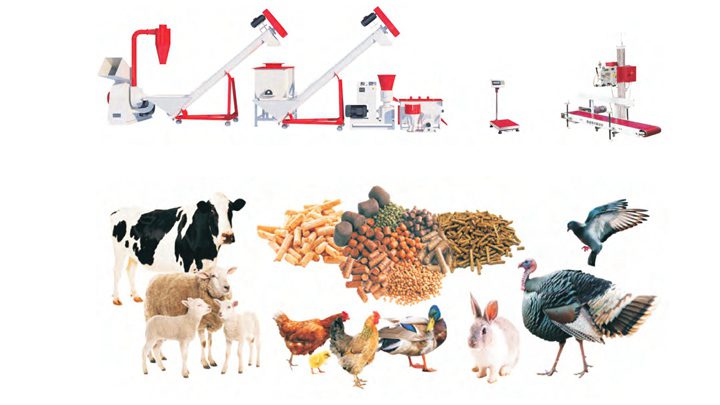
Poultry Feed Pellet Production Line
The poultry feed pellet production line is mainly used for poultry such as chickens, ducks, rabbits, pigs, cattle, sheep, etc. The produced poultry feed pellets have the advantages of uniform particle size, comprehensive nutrition, good palatability, good digestion and absorption, and easy transportation.
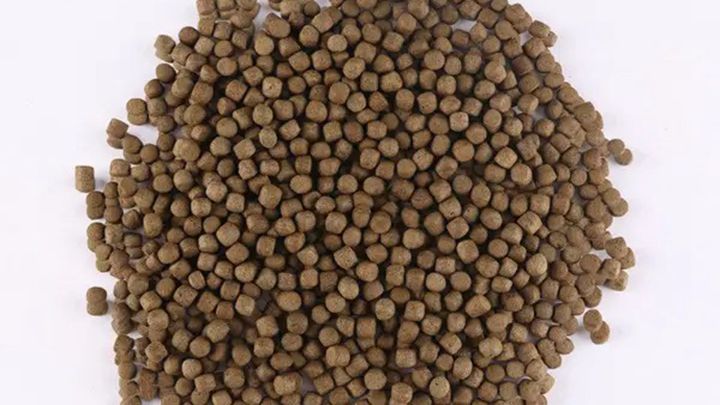
Common problems and solutions in the production of floating fish feed pellet
At present, the processing technology and production characteristics of each feed production equipment manufacturer are different, and even the product quality of the same variety produced by the same manufacturer in different batches may fluctuate greatly. After years of practical experience in production and continuous communication with customers, we have summarized the following twelve common problems and corresponding solutions for customers’ reference.

